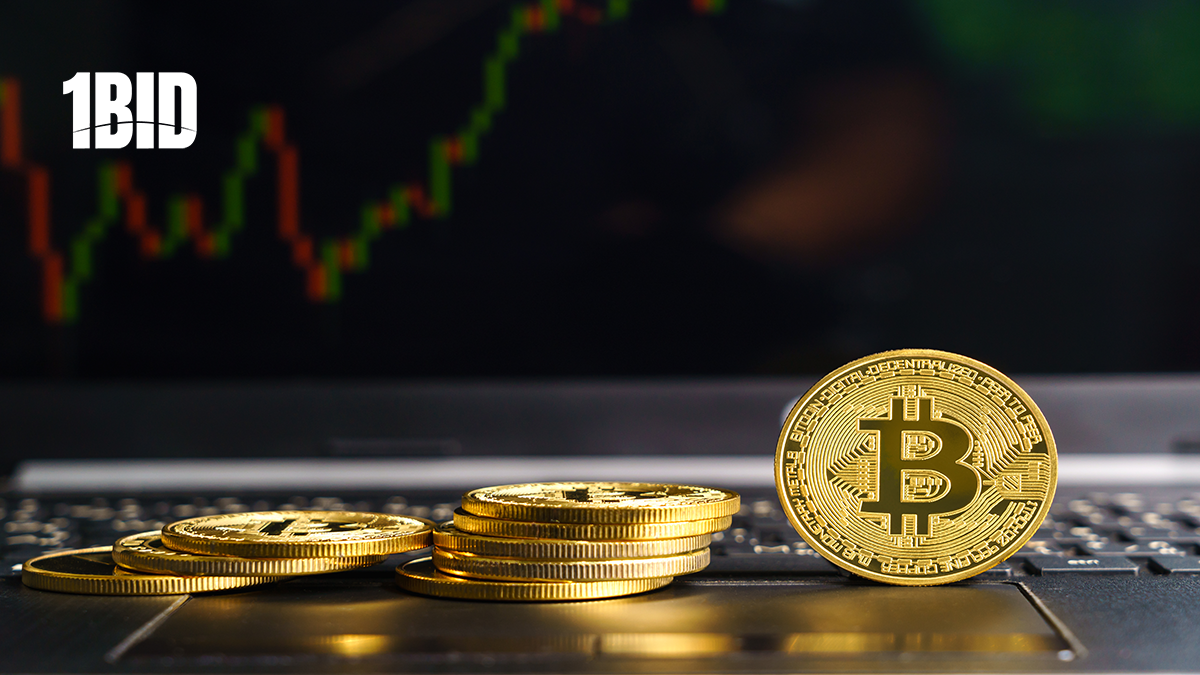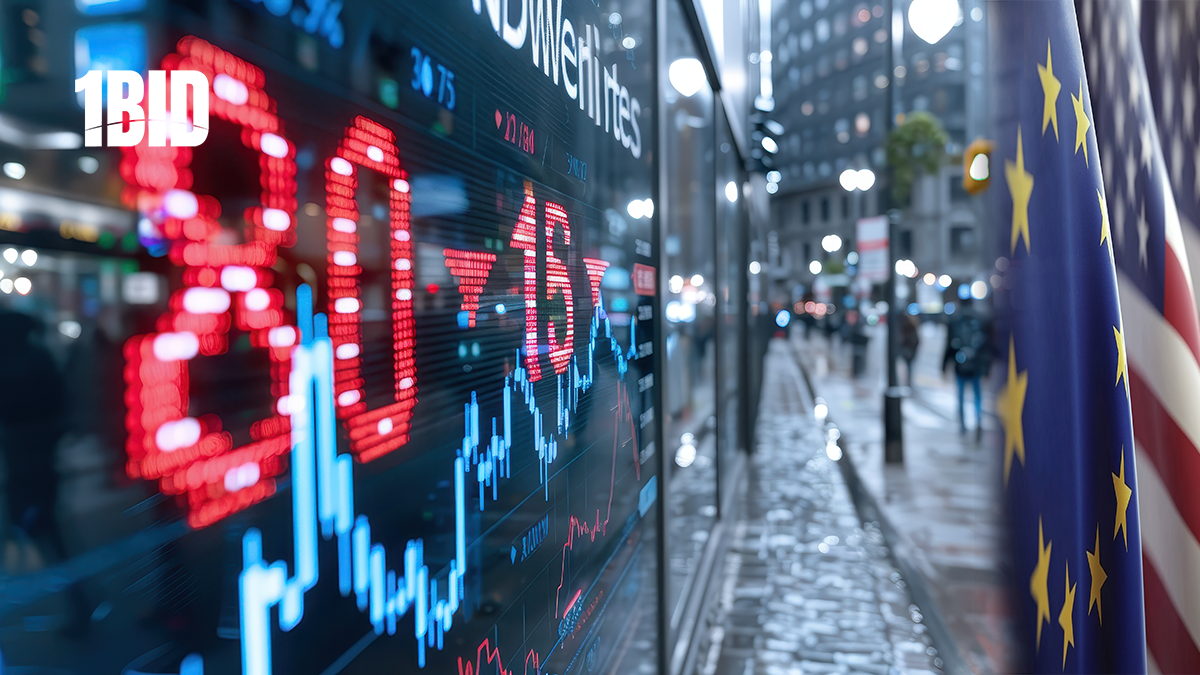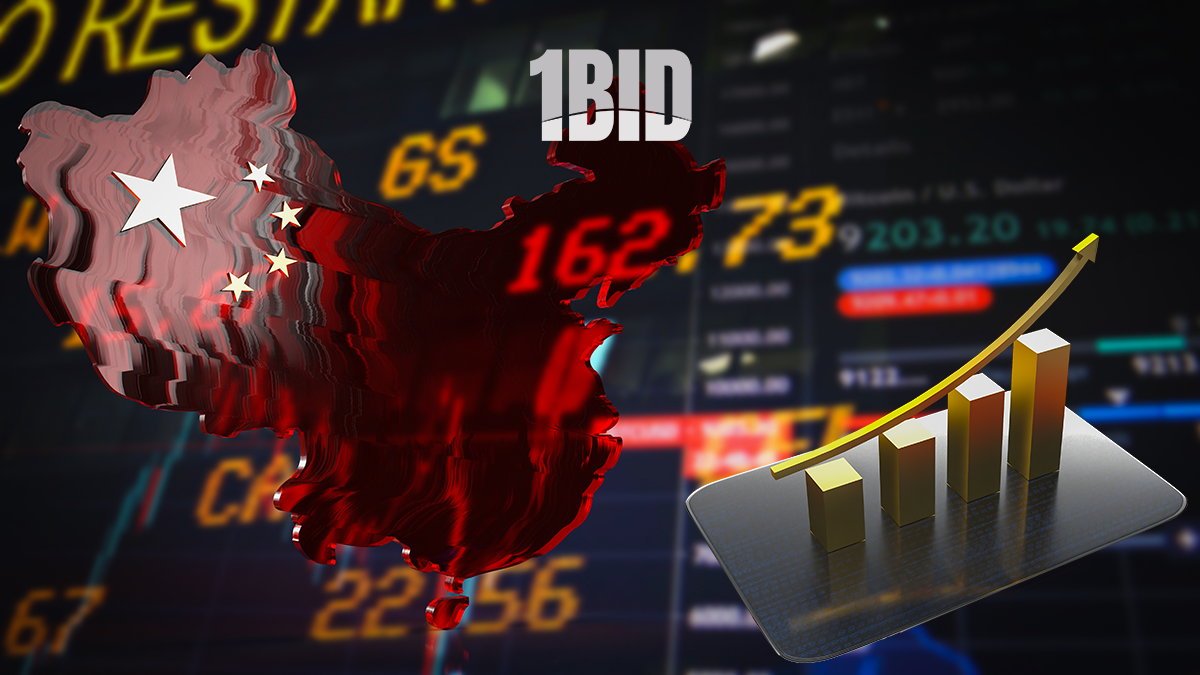According to unnamed sources, Saudi Arabia plans to gradually boost its oil production starting in December. This increase is expected to total 1 million barrels per day by the end of 2025. While this move is likely to weaken oil prices, the impact on Saudi Arabia may be mitigated by its foreign exchange reserves and the issuance of sovereign debt, which can support its infrastructure plans.
The decision to increase production comes in response to the declining oil prices. In 2022, Brent crude averaged $99 per barrel, but recent production cutbacks of 2 million barrels per day have not sustained high prices. As of early this month, Brent crude was trading below $70 per barrel. Saudi Arabia, as a leading producer in OPEC and a key player in OPEC+, typically manages production quotas that sometimes conflict with price ambitions. This latest decision appears to be a strategic move to introduce a new market direction smoothly.
Other oil-producing nations may face more significant challenges due to this policy shift. Iran, for instance, might struggle with reduced revenue due to its ongoing sanctions. Similarly, Russia could face difficulties, potentially leading to a repeat of the 2020 production war between Russia and Saudi Arabia. The International Energy Agency predicts an 8 million barrels per day surplus capacity by 2028, which could further complicate the market dynamics.
Russian Deputy Prime Minister Alexander Novak has expressed a contrasting view, anticipating a steady increase in demand for oil and natural gas for decades ahead. Speaking at an industry event in Moscow, Novak emphasized that hydrocarbons will remain a dominant factor in meeting future global energy demand. He acknowledged the growing role of renewables but argued that they will not fully meet the global energy demand growth. Novak supported OPEC’s forecast that global oil demand will rise by about 20% to over 120 million barrels per day by 2050, and he also predicted a 35% increase in global gas demand during this period.
Saudi Arabia’s decision to increase oil production marks a significant shift in its oil policy, reflecting the current market realities and the need for economic stability. While this move may lead to lower oil prices, the kingdom’s strategic use of its financial resources aims to mitigate the impact. The global oil market will need to adapt to these changes, with varying implications for different oil-producing countries and the broader international economy. Meanwhile, Russia remains optimistic about the long-term demand for hydrocarbons, highlighting the ongoing importance of oil and gas in the global energy landscape.







